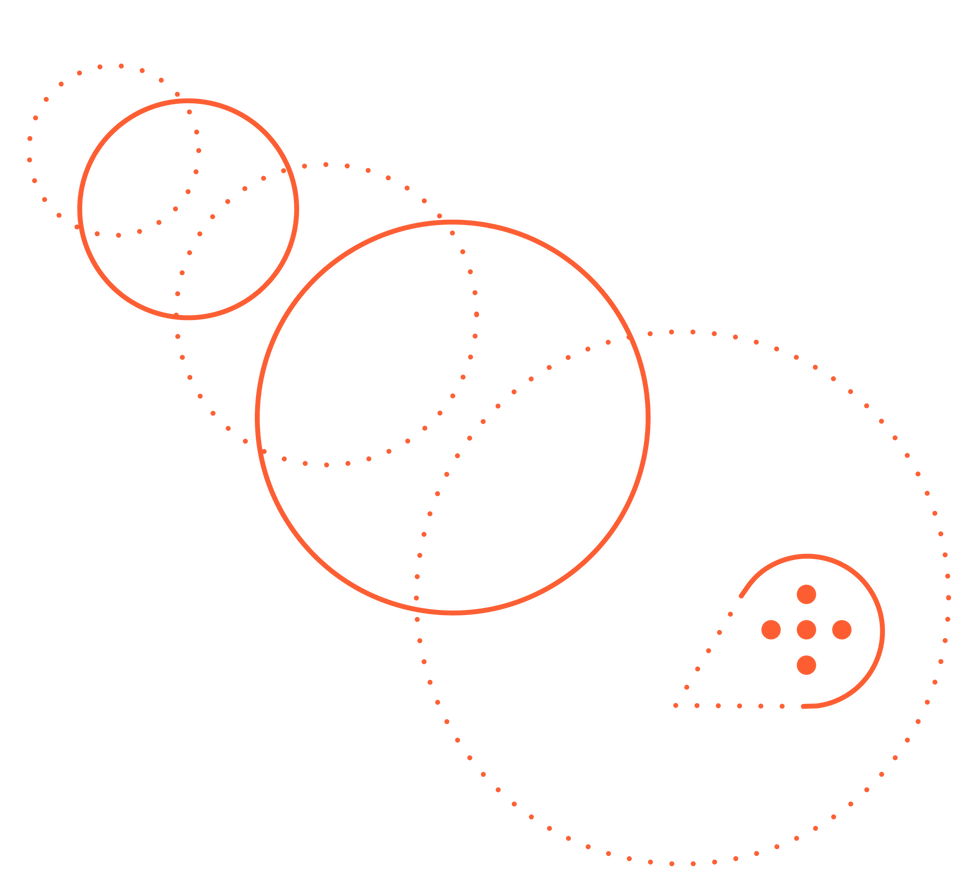
AI is a hot topic these days, but the regulatory scene in the U.S. can feel a bit like the wild west. Without a big, shiny federal AI law to rule them all, we’re relying on a mix of federal agencies, state governments, industry self-regulation, and the courts to keep things in check. Each has its quirks: industry self-regulation may vary in effectiveness, state rules can overlap and cause confusion, and courts are often left juggling AI issues with outdated laws.
But don’t worry—things are moving. The U.S. is piecing together existing tools and crafting new rules to tackle AI risks. For businesses playing in the U.S. market, this means navigating a patchwork of regulations from both the White House and Congress.
Here’s a quick peek at where things stand.
White House Moves
In October 2023, President Biden rolled out Executive Order 14110, taking a “whole of government” approach to AI. This order defines AI as systems that make decisions based on data analysis and demands that all U.S. government agencies set up working groups to get a handle on AI. They’re tasked with creating new regulations and boosting public-private partnerships, especially in high-tech areas like semiconductors.
This executive order has already sparked action from various agencies, including State, Commerce, and Justice, plus the National Science Foundation and NASA. The Department of Homeland Security is also getting in on the action with its own AI working group.
Congress: Still Waiting for a Big Move
While the White House is hustling, Congress is dragging its feet on passing a comprehensive AI law. Bills like the REAL Political Ads Act (which wants disclaimers on AI-generated political ads) and the National AI Commission Act (which aims to set up a bipartisan commission) are on the table, but nothing major has passed yet.
This delay means the EU is leading the charge with its AI Act, and U.S. states and cities are scrambling to fill the regulatory void. States like Texas and Connecticut have already rolled out their own AI laws, and cities like Seattle and New York have introduced local rules, creating a confusing patchwork of regulations for businesses.

State-Level Action
While Congress debates, states are stepping up. Utah’s Artificial Intelligence Policy Act (AIPA), launching on May 1, 2024, will demand transparency from AI users and introduce a new regulatory body and Learning Laboratory Program.
Colorado followed suit with its Colorado AI Act (SB 205), signed on May 17, 2024, and kicking off on February 1, 2026. This law tackles algorithmic discrimination and takes a risk-based approach, echoing the EU’s AI Act.
Connecticut’s SB 2 and California’s AB 2930 are also making waves. Connecticut’s bill, starting July 1, 2025, will regulate high-risk AI systems and general-purpose AI models. California’s bill, effective January 1, 2026, will require impact assessments for automated decision tools and guard against algorithmic bias.
As more states jump on the AI regulation bandwagon, things are getting more complex.
We’ve Got Your Back
Even without a one-size-fits-all federal AI law, regulations can still impact your business. Whether you’re dealing with international clients or internal compliance, Citrusx has you covered. Our solutions help with compliance, explainability, validation, and monitoring—ensuring your models are transparent, unbiased, and performing at their best.
We provide reports that meet specific regulations, helping you demonstrate, explain, and verify your AI models. You can also set tolerance to Fairness issues to align with your regulatory needs. To find out how we can help you navigate the ever-changing regulatory landscape, book a demo with our team today.
Share
Share

The Current State of AI Regulations in the US: Here’s What You Need to Know
Citrusx
